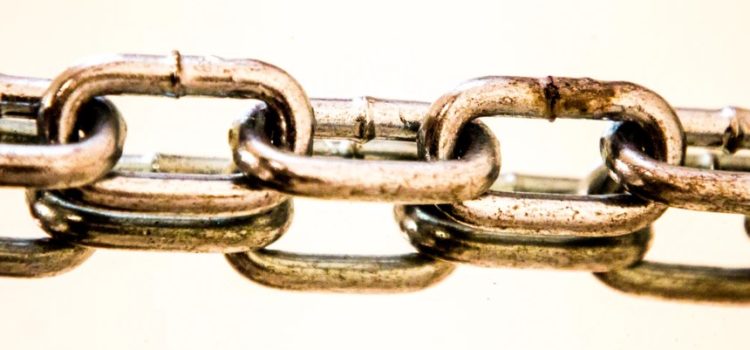

This article is an excerpt from the Shortform summary of "Influence" by Robert B. Cialdini. Shortform has the world's best summaries of books you should be reading.
Like this article? Sign up for a free trial here .
Have you ever been approached by a salesman who knows your friend or neighbor? Maybe he claims that your friend thought you could really use the product. Or maybe a salesperson asks you to recommend someone else in the neighborhood they could call on? This is the endless chain method in action.
The endless chain method is a technique in which each sales prospect is asked for referrals, creating an ongoing chain of possible customers. The endless chain technique relies on the familiarity bias, which favors people you know and like.
Learn how you’re manipulated because the requester represents the person you like.
The Liking Principle stipulates that we’re more likely to comply with requests from people that we know and like. Thus, we are more amenable to the compliance efforts of neighbors, friends, and family. It’s why salespeople will often mention the names of members of your family or friends that they’ve done business with. In the endless chain method, the salesperson wants you to translate some of your warm feelings about those individuals onto them.
We are also more willing to acquiesce to people who we see as being good-looking, affable, or who profess to like us. This creates a wide opening for compliance practitioners. If you like the seller, you’ll like what she’s selling. The efforts at manipulation can be almost comically transparent and still be effective: one car salesman claimed great success just by mailing generic postcards to his customers every month saying nothing more than “I like you.”
The Familiarity Bias Breeds Compliance
We are far more likely to comply with requests from people we know. The social costs of saying “no” to a neighbor or acquaintance are much higher than they are for a stranger.
Compliance professionals harp on this instinct and use our natural empathy for our friends, acquaintances, and neighbors against us. This explains, for example, why charitable organizations recruit volunteers to go door-to-door in the neighborhoods where they live.
People are less willing to slam the door in someone’s face if the canvasser starts their pitch with, “Hello, I live in this neighborhood…”
The Endless Chain Technique
The familiarity bias is so strong that the person making the compliance request doesn’t even need to be known to us personally: they just need to drop the name of someone that we do know. This is the “endless chain” method.
Salespeople will ask a customer for a list of names of friends and neighbors who might be interested in the product. Most customers comply, since it seems like an innocent enough request but they’re implementing the endless chain method.
They then approach the people on that list, opening their sales pitch with, “Your friend ____ recommended that I call on you.” This puts you, the new customer, in a social bind because of the familiarity bias. Turning away the salesperson feels tantamount to turning away your friend.
It’s called the “endless chain technique” because the salesperson can always rely on references from their current customers to generate the next round of customers. If someone refuses their sales pitch, they can always do a rejection then retreat by saying, “OK, sorry that you’re not interested. Would you be able to provide me with some names of friends that might be interested in taking advantage of this incredible offer?” And on and on it goes: the salesperson rarely walks away from a visit without at least a reference.
Similarity
Going further, we also see that people are more willing to cooperate with requests from people they see as being similar to themselves. We explored some of this when we talked about social proof, but similarity also works on a one-on-one level.
The source of similarity can be anything from religion, ethnic background, personality traits, shared preferences, or physical appearance and style of dress. We are evolved to form a bond with people as soon as we can identify some common ground with them.
In one 1970s experiment, researchers assessed how the style of dress of a petition-carrier at an anti-war rally affected people’s willingness to sign it. People were more willing to sign the petition of a requester who was dressed like themselves.
They often did so without bothering to read the petition itself: similarity alone did all the work for the requester. This is similar to the principle behind the endless chain method.

———End of Preview———
Like what you just read? Read the rest of the world's best summary of Robert B. Cialdini's "Influence" at Shortform .
Here's what you'll find in our full Influence summary :
- How professional manipulators use your psychology against you
- The six key biases you need to be aware of
- How learning your own biases will help you beat the con men around you






